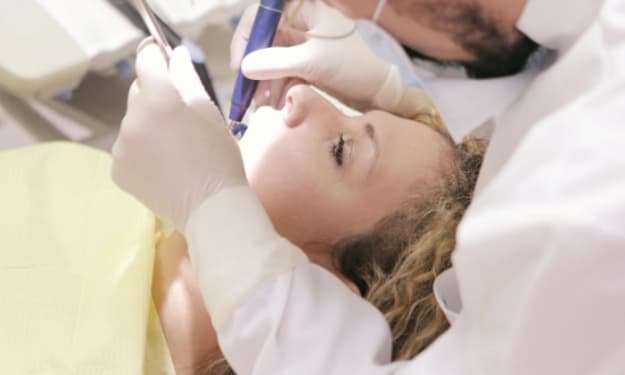
What is a Smear? In using the microscope a person whether a student or scientist or any other profession they will make what is known as a smear. Smears are made basically the same way as stains, but as a smear a liquid or semi-liquid specimen can be spread out on a slide and left to dry without a coverslip. Making a smear is to spread out the cells into a very thin layer. One must remember to have completely clean microscope slides. Why? (Teacher could ask this of the students.)
Cleaning the slides
Slides can be cleaned by using cleansing tissues or paper towels, then passed through the flame of a Bunsen burner or an alcohol lamp or get a new slide.
Types of Smear
A particular type of smear is the Blood smear such as a bee's juice that contains the blood of the bee or it could be a smear of chicken or fish and if the parents allow you can have the students prick their own fingers for a drop of human blood.
Making the Smear

Place the drop on one end of a new or very clean slide and hold another new or clean slide by one end and place the other end on the drip of blood. Wait until the drop blood spreads completely along the edge of the slide you are holding. Slant the slide you are holding until it forms an angle of about 20 to 30 degrees with the horizontal slide. Now push the slide smoothly but rapidly to the opposite end of the horizontal slide making a thin film of the blood. Let dry then view under the microscope and it should be clearly visible. (The teacher can demonstrate this before the students make their own slides.)
Other types of Smears
Students can grind and mash other tissues with a mortar and pestle and pound till there is a 'soap' substance. You can stain a slide with the following: iodine, Lugol's solution or Methylene blue. These three solutions were mentioned earlier.
Permanent mounts
There is a primary problem in that the water in living cells tend to discolor the resinous Canada balsam in which a specimen is mounted. Dehydration is complicated, so it is easier to prepare your slides in clear syrup like 'Karo syrup'. Canada balsam is used for dry specimens. The syrup technique is used for small ants, gnats, insect larva. The preparer can place a fairly large drop of Karo on a clean slide and using forceps place the specimen in position on the slide and another drop of Karo syrup. Now place a 'broomstick' (a small piece of a toothpick) at the side of the slide of the specimen so the coverslip will not crush the specimen, and then carefully place the coverslip on edge at one side of drop and release it so it sinks slowly over the Karo for this will prevent bubbles and will gently let the coverslip settle and arrange over the specimen. Use a wet cleansing tissue to remove the Karo outside the coverslip and label and put aside for 24 hours.
This completes my lectures on using the microscope and preparing slides. I used the textbook that I had in seventh grade 'Life A Biological Science by Paul F. Brandwein. (If you like what you read please heart or if willing offer me a tip. I am hoping that maybe these lectures will help new teachers or even student teachers. I would deeply appreciate whatever.)
About the Creator
Mark Graham
I am a person who really likes to read and write and to share what I learned with all my education. My page will mainly be book reviews and critiques of old and new books that I have read and will read. There will also be other bits, too.






Comments
There are no comments for this story
Be the first to respond and start the conversation.